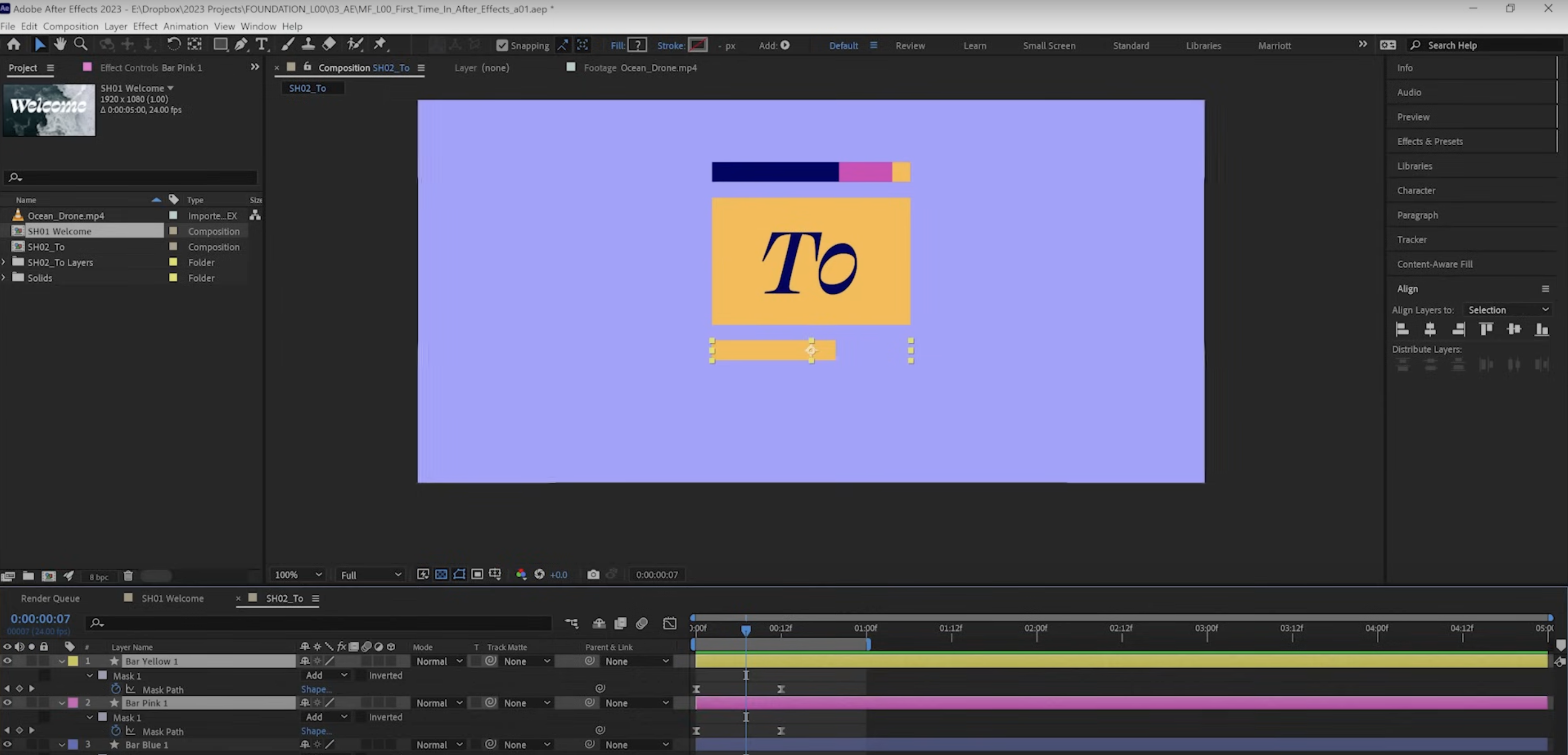Yes — you should keep Disk Cache enabled in After Effects.
It allows the software to store preview frames, renders, and intermediate data on your hard drive, which significantly improves playback performance, speeds up previews, and reduces RAM usage. Disabling Disk Cache can slow down your workflow, especially when working on large compositions or high-resolution footage.
Full Guide: Why Disk Cache Matters in After Effects
Disk Cache is one of the most important performance features in Adobe After Effects. It works alongside RAM to ensure your timeline plays smoothly and your previews render faster.
Here’s how it works:
- RAM stores temporary frames for real-time playback
- Disk Cache saves preview frames to your drive for long-term reuse
When RAM fills up, After Effects automatically writes cached frames to your disk. This prevents constant re-rendering and saves you a huge amount of time.
Why You Should Keep Disk Cache Enabled
✔ Faster Playback & Previews
After Effects uses cached frames instead of re-rendering each time. This is essential for:
- Motion graphics
- VFX
- Green screen
- 3D layers
- High-resolution compositions
✔ Reduces RAM Usage
If you have limited RAM (8–16 GB), Disk Cache prevents After Effects from crashing or freezing.
✔ Essential for Long Compositions
Large timelines cannot rely on RAM alone. Disk Cache provides extended memory space.
✔ More Efficient When Reopening Projects
After Effects can reuse previously cached frames, which speeds up the entire session.
Is It Ever a Good Idea to Disable Disk Cache?
Generally, no, but there are a few exceptions:
- You’re working on a very small project
- Your disk space is extremely limited
- You’re working from a slow HDD (not SSD), causing slow caching
For the best performance, always use:
- SSD or NVMe drive for Disk Cache
- At least 50–250 GB of allocated cache storage
What Happens if You Clear Your Disk Cache in After Effects?
Clearing Disk Cache is safe and often beneficial. Here's what happens:
✔ All previously stored preview frames are deleted
This frees up space but means:
- Timeline previews must be re-rendered
- Green bar preview will disappear
- Playback may become slower at first
✔ Performance may improve afterward
Clearing a full or corrupted cache often fixes:
- Laggy playback
- Slow renders
- Freezes
- Preview glitches
- Disk usage errors
✔ Your project files remain untouched
Only temporary preview data is deleted — your project (.aep) and media files are completely safe.
When Should You Clear Disk Cache?
- After a major After Effects update
- When you see “Cache Full” warnings
- When previews glitch or freeze
- After working on many projects
- If your computer is low on storage
Not Enough RAM for Adobe After Effects (Causes & Fixes)
After Effects is extremely RAM-intensive. Even simple projects can require multiple gigabytes of memory.
What Happens When You Don’t Have Enough RAM?
❌ Laggy playback
Footage stutters because AE cannot load enough frames into RAM.
❌ Frequent “RAM Preview” failures
The green bar may barely fill.
❌ Slower rendering
AE starts relying more on disk caching, which is slower than RAM.
❌ Crashes or freezing
Large compositions may exceed your available memory.
❌ Errors such as:
- “RAM Preview needs 2 or more frames”
- “Unable to allocate memory”
- “After Effects error: Cached preview needs more memory”
How Much RAM Do You Really Need?
Adobe recommends:
- 16 GB minimum
- 32 GB ideal
- 64 GB+ for heavy VFX or 4K/8K work
If you regularly see “Not enough RAM” warnings, Disk Cache becomes even more important.
How Disk Cache Helps When RAM Is Low
When RAM runs out, After Effects automatically stores frames on your Disk Cache. This prevents crashes and allows you to continue working.
However:
- Disk Cache is slower than RAM
- An HDD will make previews painfully slow
- An SSD or NVMe is strongly recommended
Think of Disk Cache as "backup memory" for After Effects.
How to Improve Performance When RAM Is Low
✔ Lower preview resolution
Switch to Half or Quarter.
✔ Enable “Cache Frames When Idle”
AE will pre-render automatically when you stop moving your mouse.
✔ Close Chrome, Photoshop, Premiere Pro
They consume a lot of RAM.
✔ Increase Disk Cache to 100–300 GB
Go to:
Edit → Preferences → Media & Disk Cache
✔ Upgrade to an SSD
Huge impact on performance.
✔ Use ProRes or DNxHR instead of MP4
After Effects handles professional codecs far better.
Should You Rely Only on Disk Cache if RAM Is Low?
Not ideal.
Disk Cache helps, but it cannot fully replace RAM. If you edit regularly in After Effects, upgrading RAM is one of the best investments you can make.
Conclusion
Yes — you should keep Disk Cache enabled in After Effects. It helps compensate for limited RAM, speeds up previews, prevents crashes, and makes the entire workflow smoother. Clearing Disk Cache is safe and often improves performance, especially if your cache is full or corrupted.
Here’s the recap:
- Disk Cache ON = faster performance and fewer issues
- Clearing Disk Cache = frees space and solves preview problems
- Not enough RAM = slow previews, errors, and lag
- Disk Cache helps but does not replace RAM
Keeping both RAM and Disk Cache properly optimized is essential for a smooth After Effects experience.





